How to Design Your Landscape Online
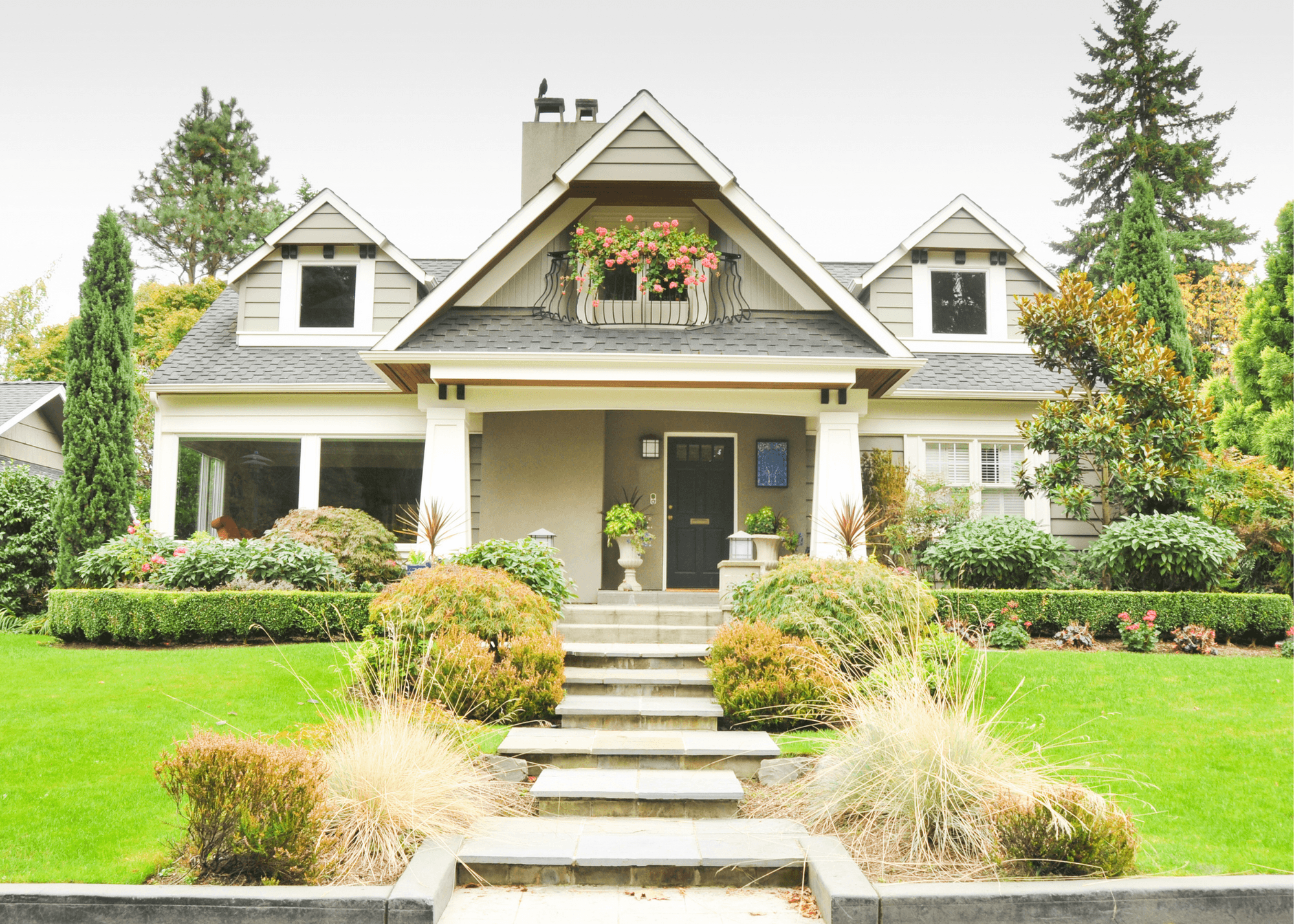
Why use online landscape design software?
While there are many landscaping softwares out there, most of them are quite expensive, difficult to use, and require a large download and a high-powered computer. Because of this, they aren't a good fit for the casual DIYer and even many professional designers avoid them. Now, you can easily use Simplyscapes landscape design software to easily create designs online. Additionally, Simplyscapes uses a proven design framework that will help you to create a stunning, functional, and resilient landscape.
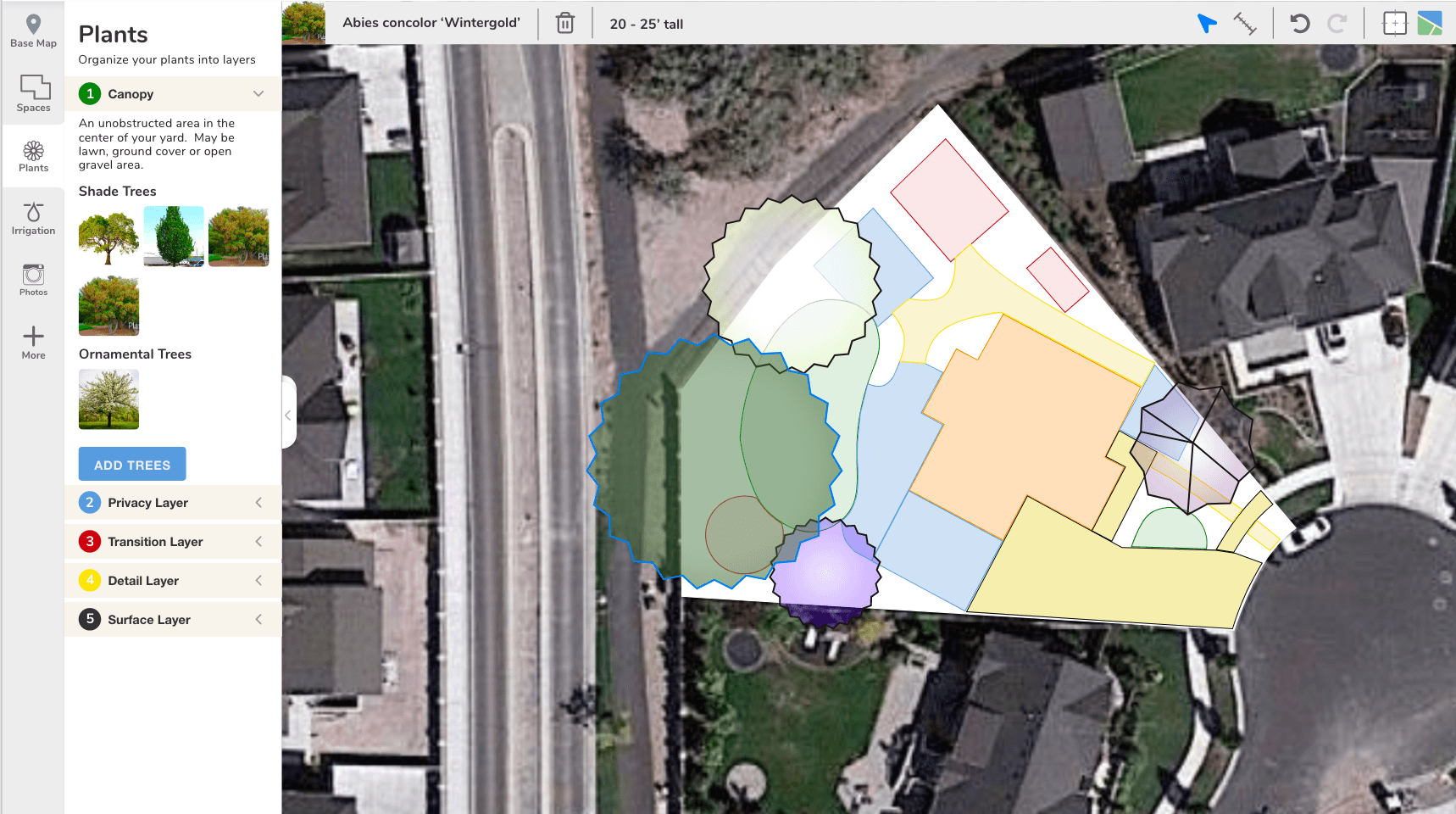
Additionally, the benefits of designing your landscape online are numerous. Here are just a few:
You can create a living design that will evolve and grow as your family and garden does. Say goodbye to rough hand-drawn sketches that get lost or overly-complex digital renderings
It saves information about which plants you have, where. No more head-scratching about when it's time to plant, prune, or pull - and you can stop worrying about saving the plant tags that come from the garden center
You can collaborate with others on your design and create multiple versions without having to start from scratch or losing your previous progress
Advanced irrigation insight. Make sure your plants get enough water, but not so much that weeds will germinate
You can make as many changes to the layout as you want without much difficulty. Rather than hand-drawing plants repetitively, you can click and drag
It saves you time by showing the mature size of the plants you plan to include
Sync with our online plant database to find recommendations for your climate
All in one solution for landscape design. Rather than going to several sources, you can find all of the information you need in one place
You can easily pull in professionals for insight and peace of mind
With that being said, let's jump right in!
When you design your landscape, there are 5 main elements that you need to consider. Each plays an important role in helping your yard to feel functional and stylish. By dividing your space into distinct areas, you can easily maximize your space and minimize confusion. We recommend incorporating each element into your front and back yard. Once you’ve finished reading through this article, you can start creating your own landscape design for free!
Open Space
The first part of your design should be an open space. This area is often composed of grass, but gravel or other materials may work as well, depending on your climate and desired maintenance level. This element of the landscape provides a visual anchor for the rest of your design to develop around. The open space is often in the center of your yard, but it doesn’t always have to be.
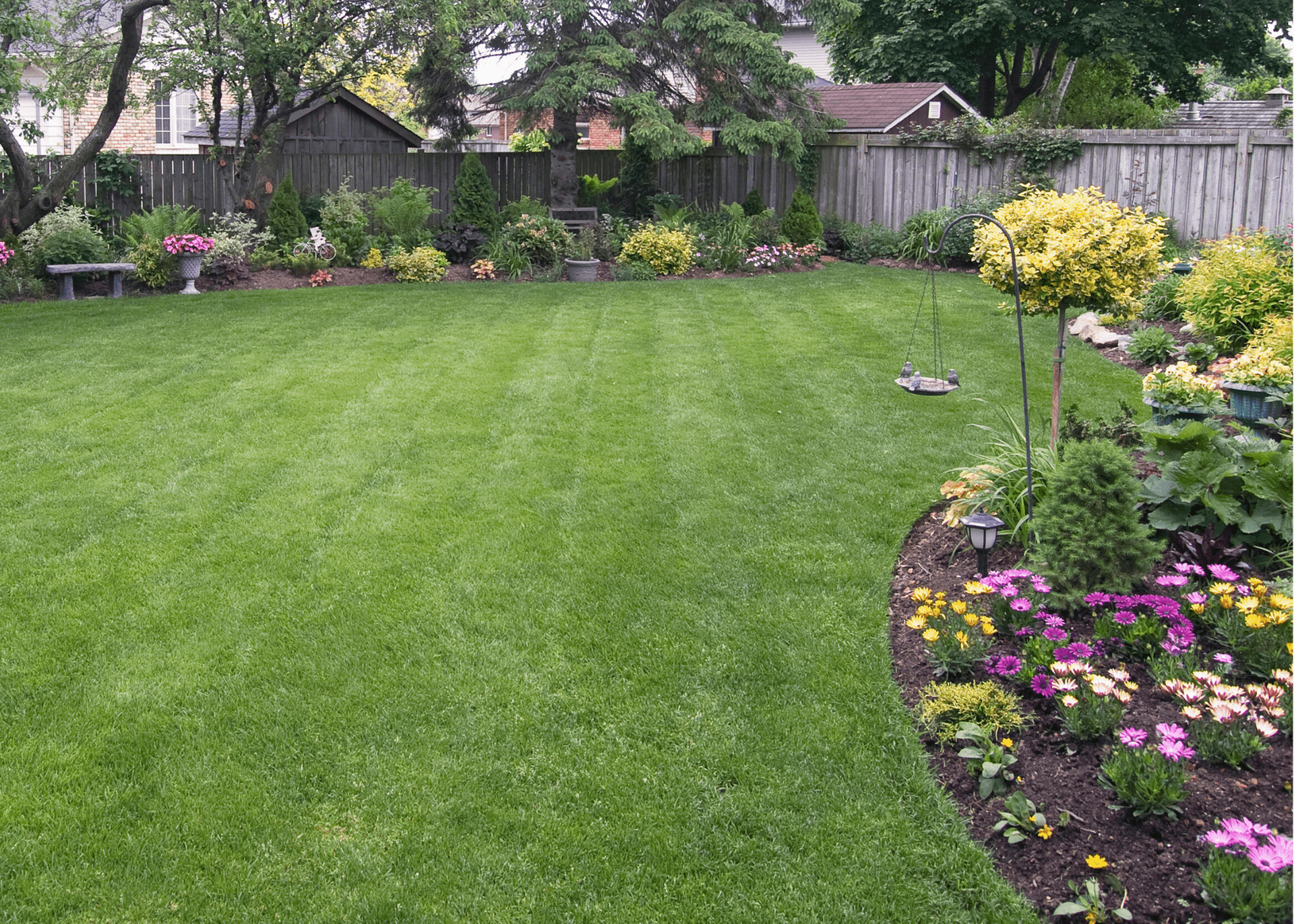
In many existing landscapes, this area is often round or curved, but if you want to have a more modern looking yard, you may opt for a square or angular shape. If you’re working with grass, we recommend looking to limit your space to a smaller portion of your landscape than you might expect. We say this for a few reasons.
First, it will decrease the time that you need to spend mowing the lawn each week
Second, it will use less water (lowering your bill in the summer)
Third, if your entire yard has grass, you’ll miss out on lots of opportunities to do other things with your outdoor space
Social Space
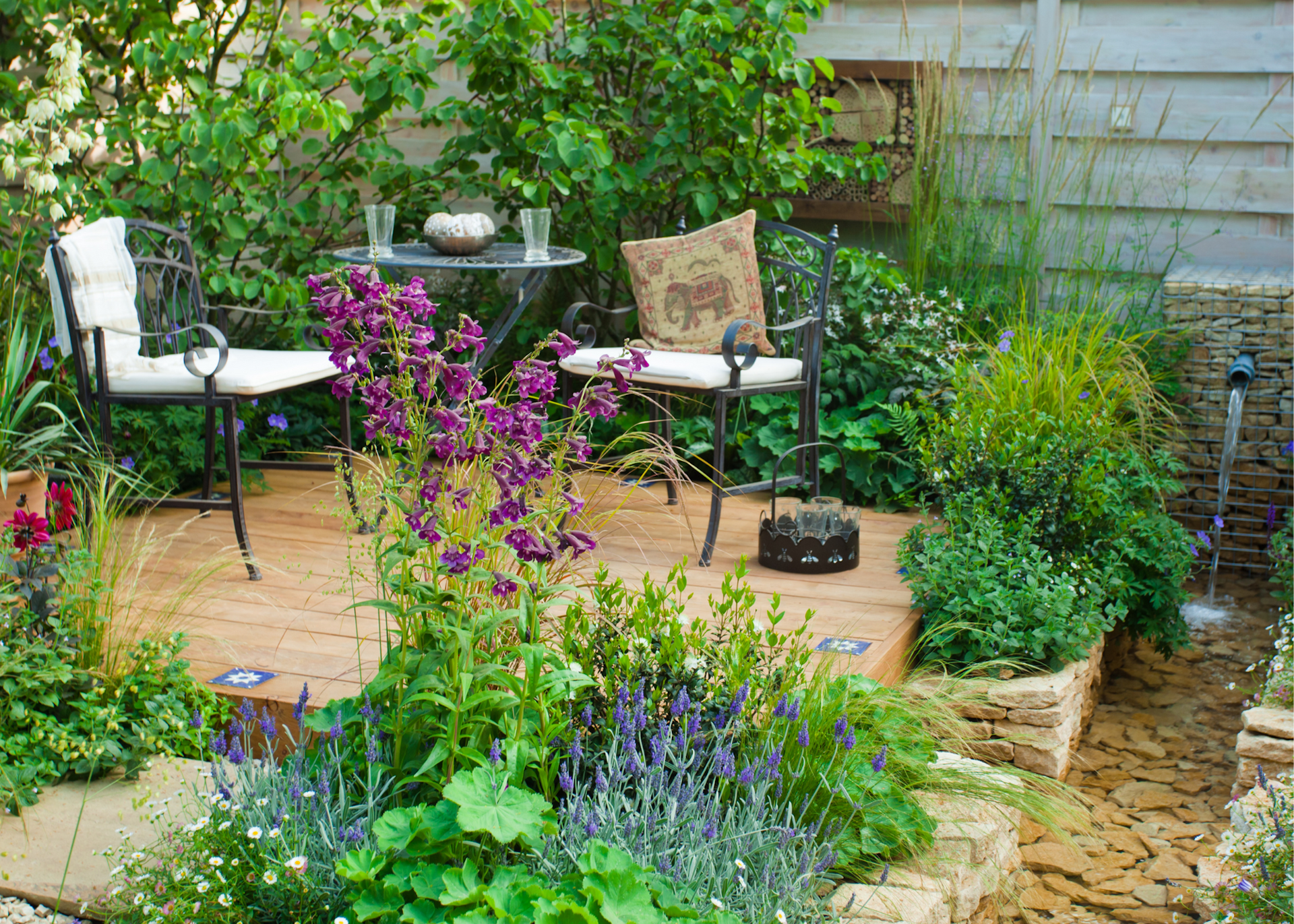
The next space you will want to plan out is your social space. You will probably have multiple social spaces throughout your landscape. These spaces are primarily used for relaxation and gathering with friends or family. They might include patios, informal seating areas, covered seating, decks and overflow parking. Social spaces are typically constructed of hard surfaces such as pavers, concrete, or gravel. As such, you will want to prioritize these spaces in your installation plan.
Recreational Space
For the next space, you will want to consider what types of activities you want to do in your yard. This is called your recreational space. Some examples of this space include a vegetable garden, children’s play area, storage, a sports court, horseshoe pit, pool or spa, or a trampoline. Something to keep in mind is that one space may have many different uses over the life of your landscape.
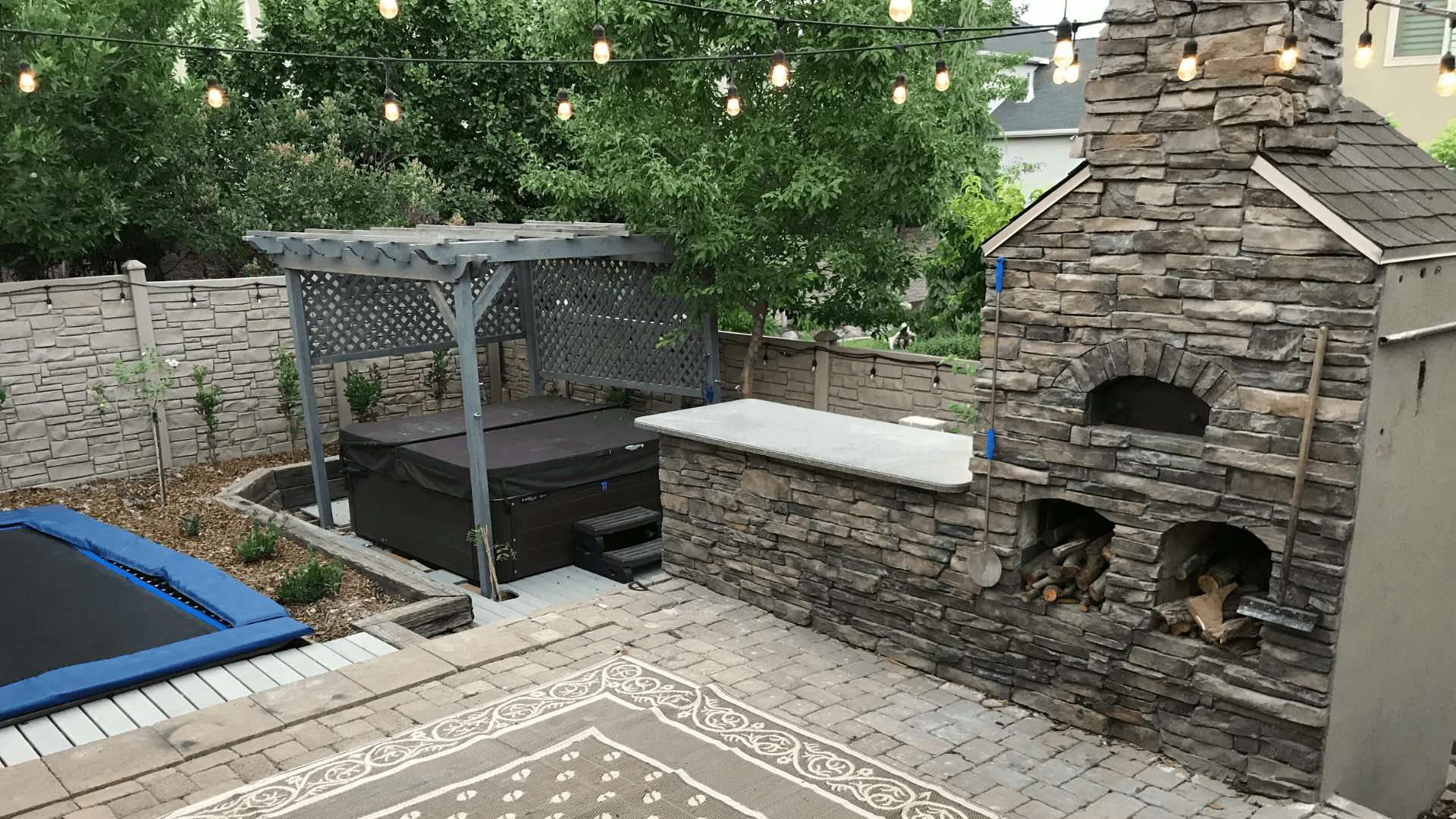
For example, Simplyscapes founder, Scott Brady, designed one of his recreational spaces as a vegetable garden originally, then it became a play-set area for his young children, and now it holds a hot tub for his teenage and adult children. Because the design allowed for transitions and changes, it has been more functional for his family at every stage of life.
Connectors
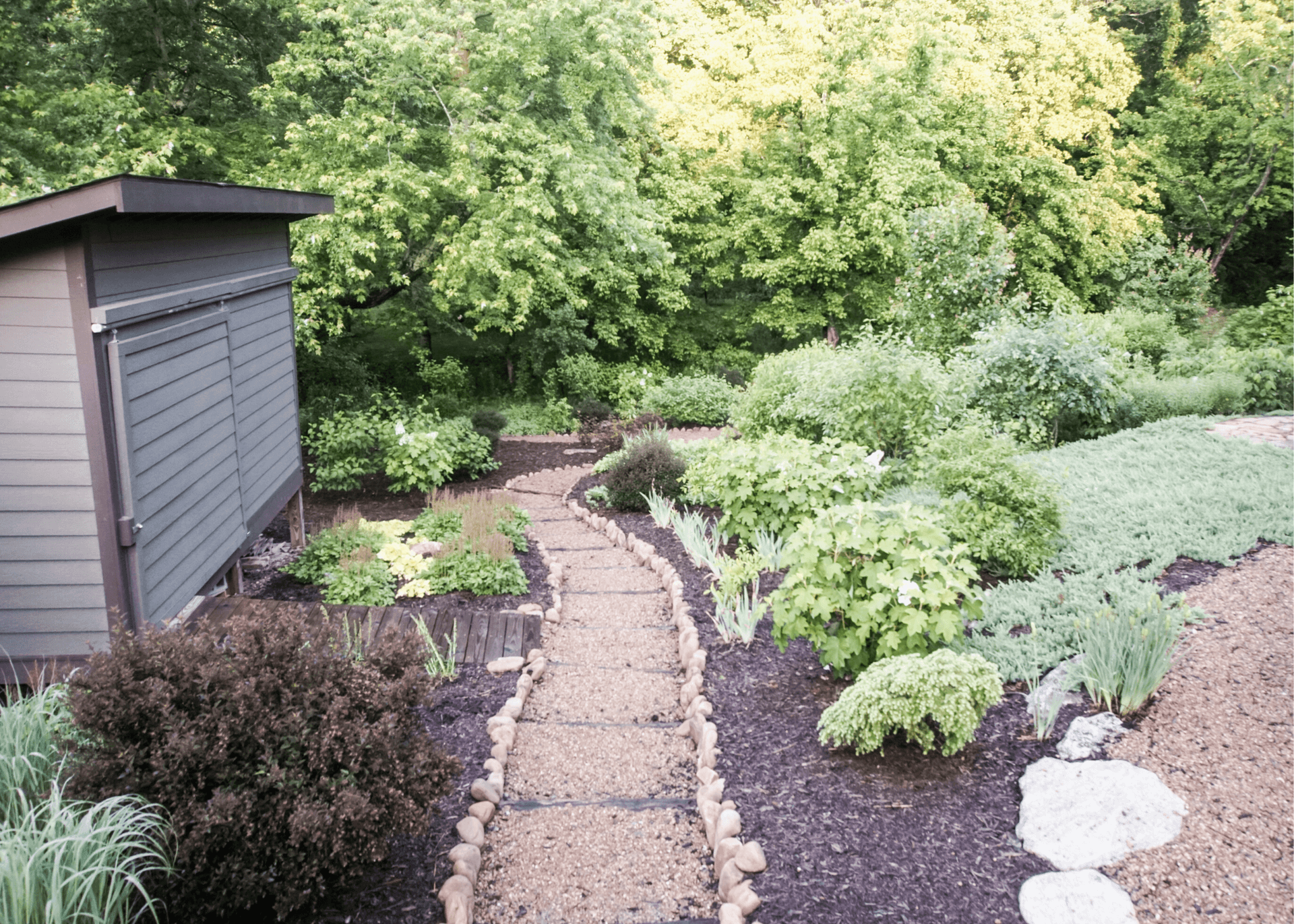
After you map out each of the previously mentioned spaces, the next step is determining connectors (or pathways). Once again, we don’t recommend using grass for this step because it will increase your water usage and maintenance level, and grass doesn’t grow well in highly trafficked areas like connectors anyway. Alternatively, you can use pavers, cement, large stones, gravel, or wooden planks. Most major paths should be about 4 feet wide to give plenty of space for movement, but some smaller paths may also add to the interest in your landscape.
Planting Beds
The next step in the design process is all about plants. In your design, any remaining space is open to become a planting bed. Rather than opting to fill in these spaces with grass, incorporate a mix of native plants and other varieties that grow well in your area. If you want to learn more about how to design your planting beds, check out this article outlining our proven formula.
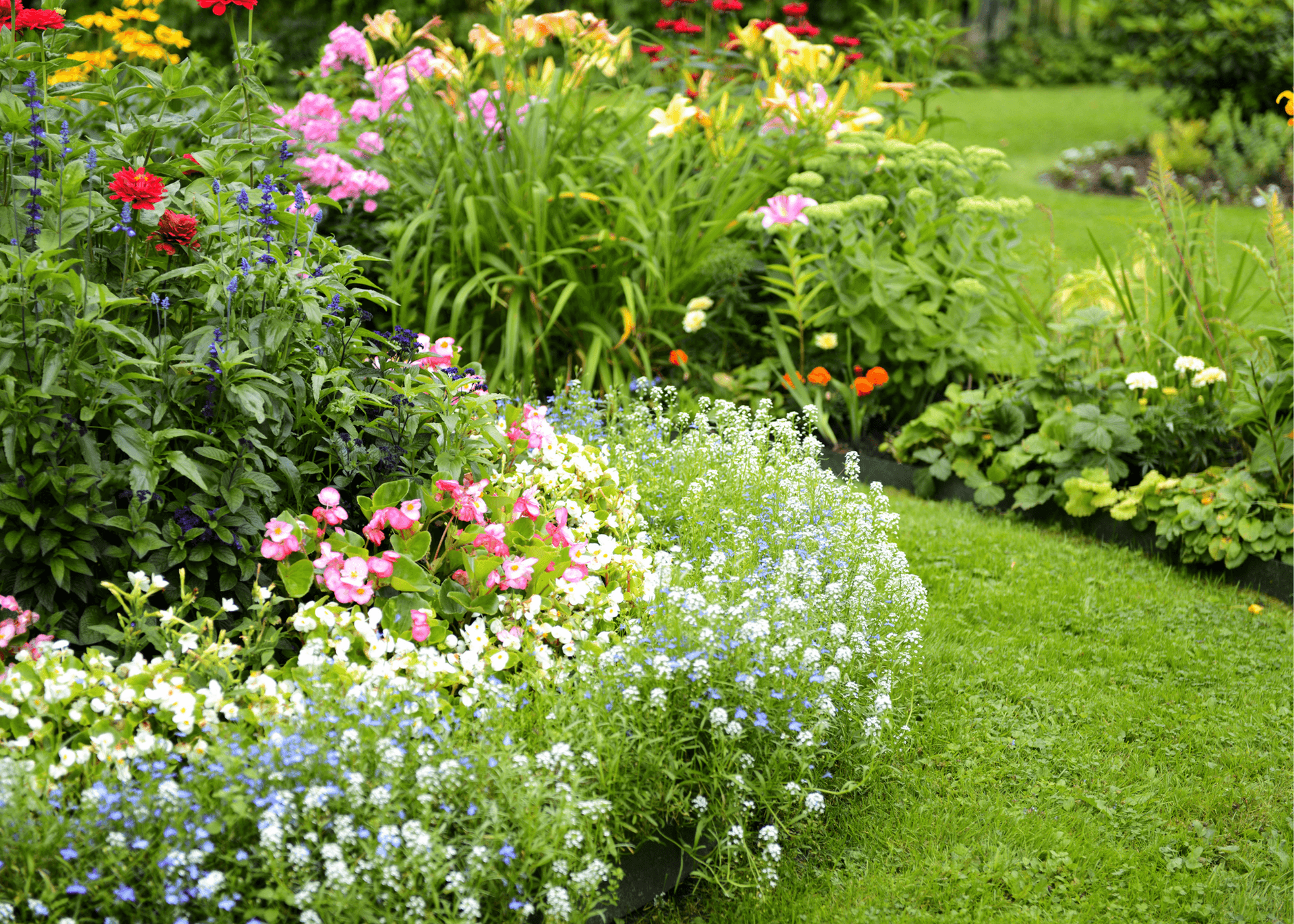
In fact a good rule of thumb for lawn placement is this: if the only time you are going to stand in a grassy area is when you mow it each week, it's not a great idea to install it in the first place.
Water-wise plants in particular will help to maximize the beauty and diversity of your yard as well as minimize maintenance and water usage. For more information on how to find water-wise plants, read this article. Many states and counties (especially in the Western US) are headed towards imposing more water restrictions as drought conditions intensify, so it's a great idea to get ahead of the changes and ensure that you have a resilient landscape.
Putting it all together
Overall, you want to consider how each part of your yard will function as a cohesive whole. Think of it like this: just like different rooms in your room serve certain purposes, spaces in your landscape do the same thing. If your home was only comprised of bedrooms or a kitchen, it wouldn't be functional for you and your family. Similarly, adding in as many useful "outdoor rooms" as you can will help your landscape to do the most for you, regardless of its size.
If you have a small property, you know that it's important to make the space count, and you'd be surprised with how much you can actually fit into a quarter acre or less. On the other hand, if you have a large property you'll want to minimize maintenance while maximizing impact. Both of these things can be done with the right plan.
At any point in the design process, you may feel like you're in over your head, and that is okay! We recommend seeking the input and aid of professionals to help you answer questions and make the best decisions for your landscape. As long as you are open to feedback, this process will go much more smoothly if you have already taken some time to develop a rough draft of your landscape design.
In the end, you get to choose which outdoor spaces are right for you, but there are many ways to reach your dream landscape. Expect that things won't always go according to plan, and you won't be disappointed.
One final tip!! Don't forget to take before, during, and after pictures. This will help you to keep track of your progress and feel accomplished when you finish. GOOD LUCK!

